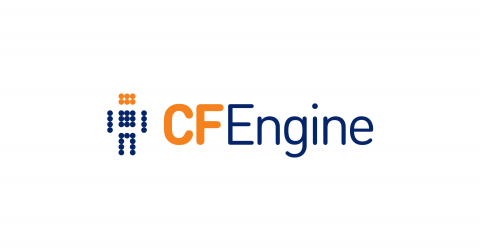The Complexity of Modern IT Operations: Navigating the Challenges and the Future of Automation
Remember when IT was mostly about managing a few on-premise servers and ensuring email worked? Those days are long gone. Today’s IT landscape is an intricate web of cloud services, legacy systems, automation, security protocols, and more. It’s a challenge to navigate, and as a result, IT operations have become increasingly complex. The more intricate your operation becomes, the more you realize that automation isn’t a luxury anymore—it’s a necessity.








